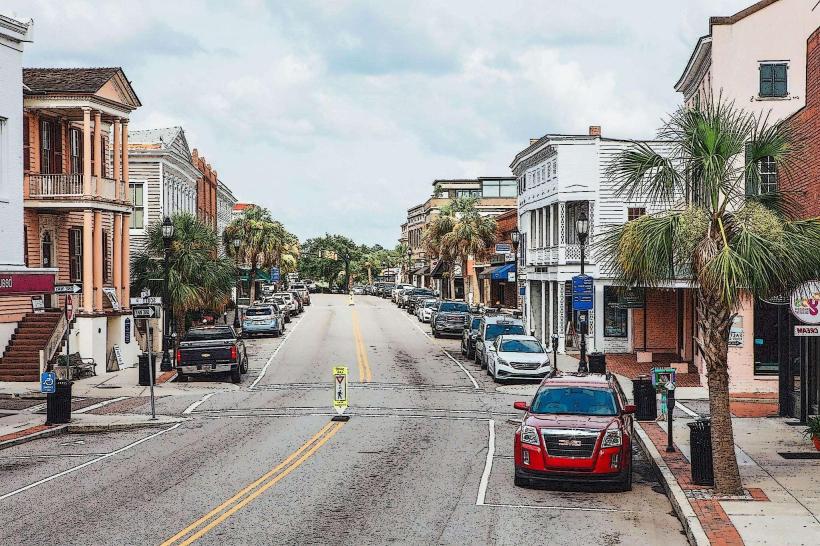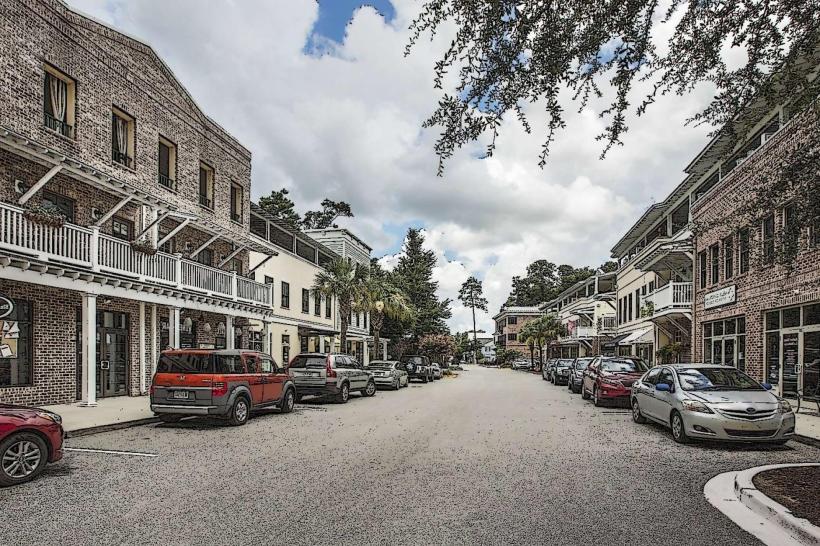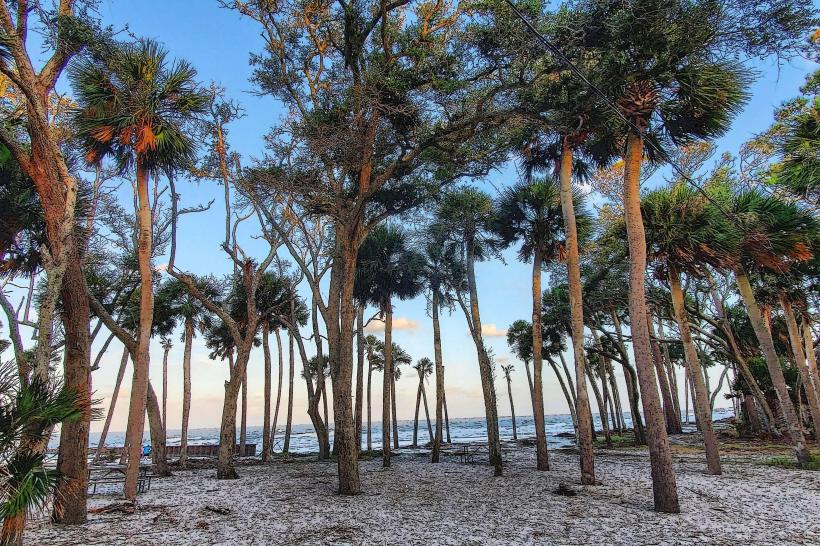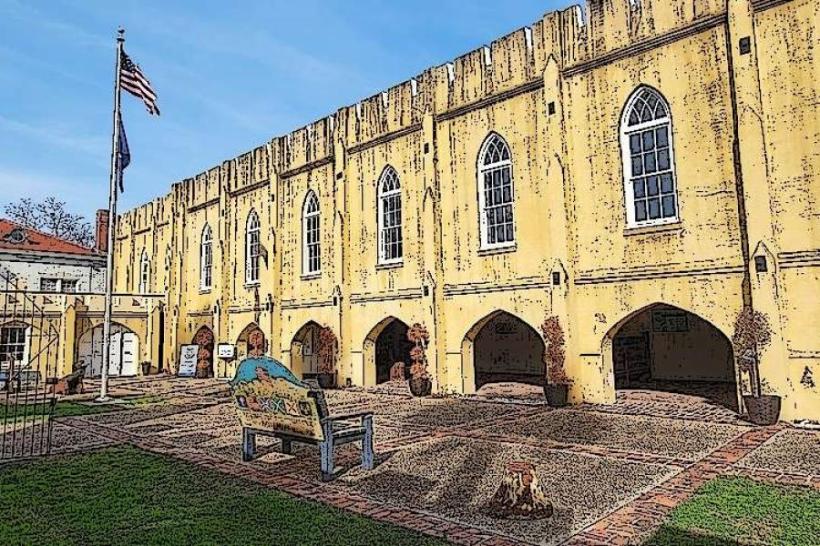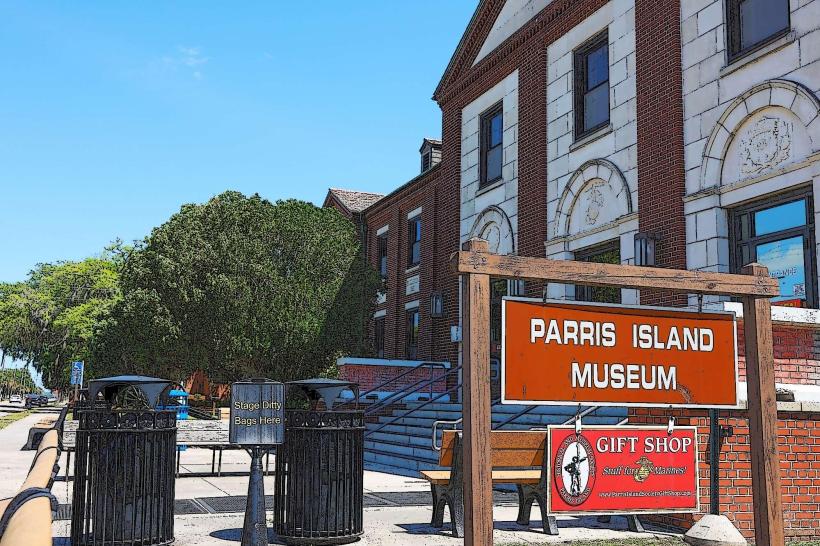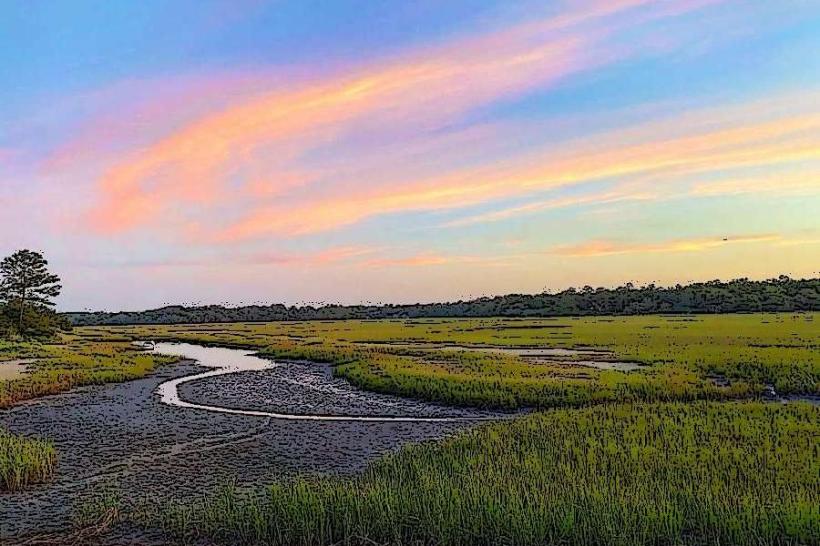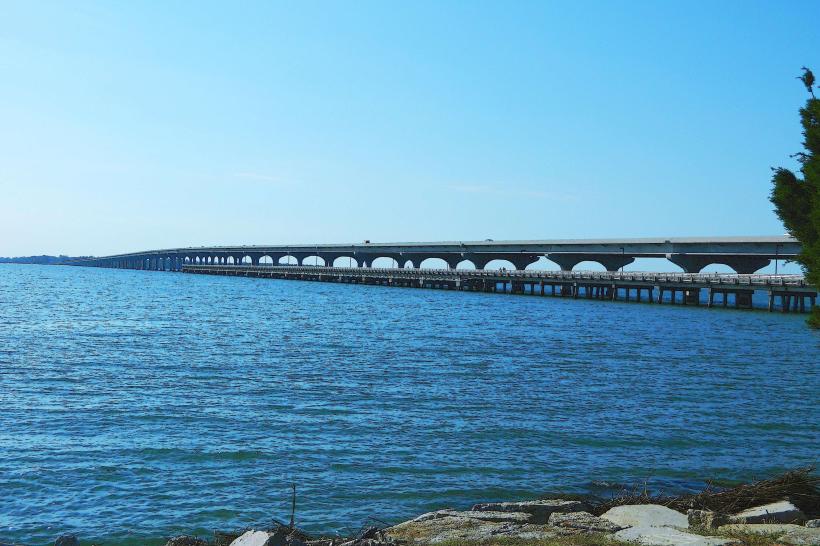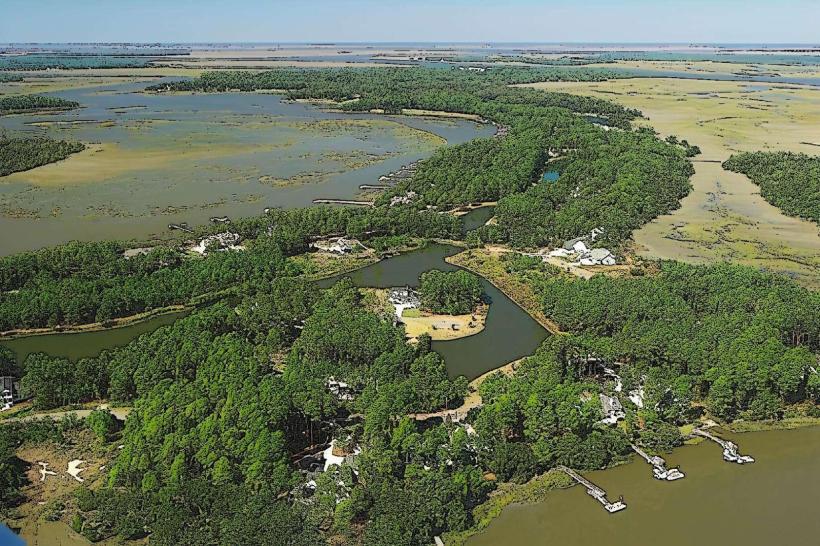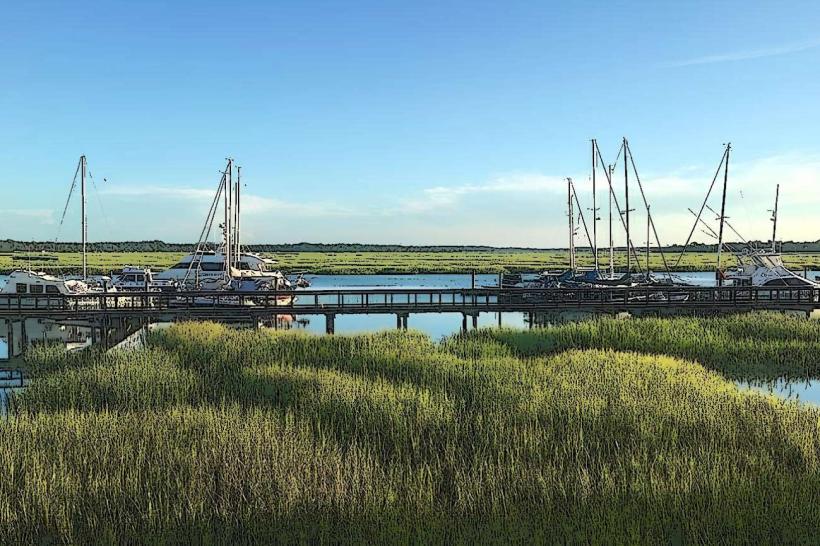Information
Landmark: Fort Frederick Heritage PreserveCity: Beaufort
Country: USA South Carolina
Continent: North America
Fort Frederick Heritage Preserve, Beaufort, USA South Carolina, North America
Fort Frederick Heritage Preserve is a historic and natural site located near Beaufort, South Carolina, preserving the remnants of an 18th-century British colonial fort along with surrounding Lowcountry landscapes. The preserve serves both as a historical landmark and a recreational area, offering visitors insight into early colonial defense structures while providing access to natural habitats characteristic of the region.
Historical Background
Fort Frederick was originally built in 1735 by the British colonial government to defend the northern frontier of the Carolina colony from Spanish and Native American incursions.
The fort was a small earthen and timber structure, designed for strategic observation and limited defensive capability rather than sustained warfare.
It is historically significant as one of the few surviving examples of early colonial military architecture in the Lowcountry.
The site was preserved as a heritage site to educate the public about South Carolina’s colonial and military history.
Layout and Features
Fort Remnants: Visible earthworks, foundation outlines, and interpretive signage mark the original fort location.
Trails: Walking paths guide visitors through the preserve, connecting historical markers with natural habitats.
Scenic Overlooks: Areas overlooking marshes, tidal creeks, and rivers provide views similar to what colonial soldiers would have seen.
Informational Signage: Panels explain the fort’s history, construction, and role in colonial defense.
Natural Environment
The preserve encompasses marshlands, tidal creeks, and forested areas, reflecting the ecology of coastal South Carolina.
Supports a variety of wildlife, including wading birds, fish, and small mammals, making it appealing for nature observation.
Trails and open spaces allow visitors to experience Lowcountry flora and fauna alongside historical exploration.
Recreation and Use
Walking, hiking, and photography are the main recreational activities, combining cultural education with nature appreciation.
Educational tours and interpretive programs may be offered by local heritage organizations or volunteers.
Birdwatching and casual picnicking are popular due to the preserve’s serene environment and scenic views.
Cultural and Educational Significance
Provides a tangible link to South Carolina’s colonial history, illustrating the region’s strategic importance during the 18th century.
Serves as a site for historical education and interpretation, helping visitors understand early settlement patterns, military strategy, and Lowcountry life.
Enhances public appreciation for the preservation of both cultural and natural resources in the Beaufort area.
Fort Frederick Heritage Preserve stands as a combination of historical landmark and natural sanctuary, offering visitors a quiet yet educational experience that highlights South Carolina’s colonial past and the coastal ecosystems that have shaped the Lowcountry for centuries.


